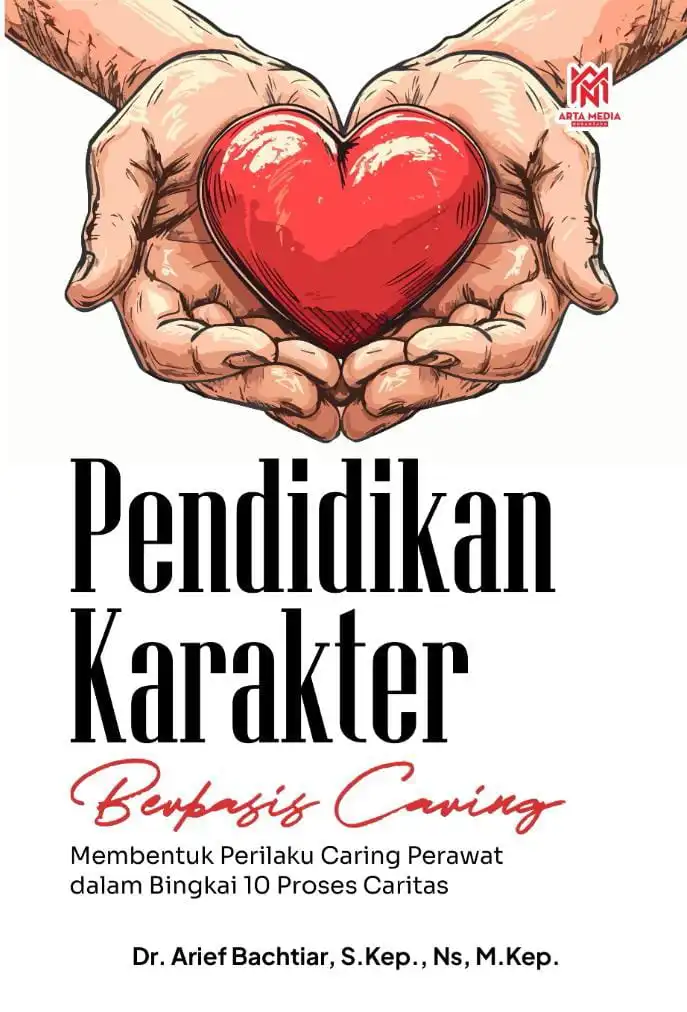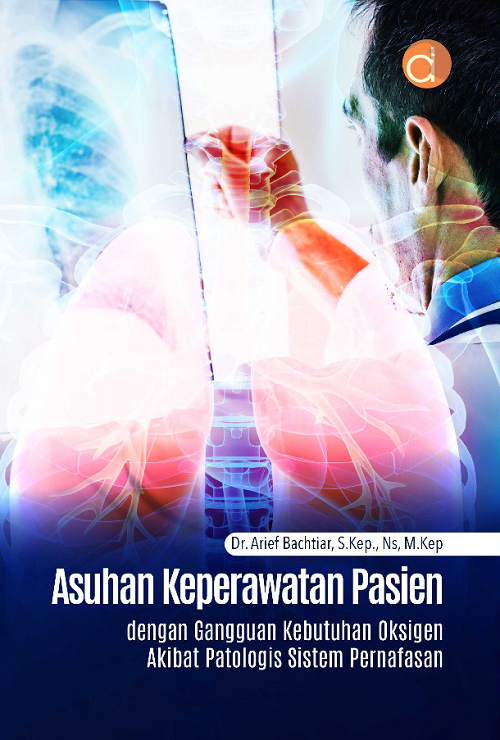Source-Oriented Record (SOR) Model of Nursing Documentation
 |
| https://img.freepik.com |
Nursing documentation plays a crucial role in ensuring the quality of patient care, continuity of care, and legal protection. There are various models used to structure nursing documentation, each with its distinct features. One of these models is the Source-Oriented Record (SOR), which organizes patient information based on the source or origin of the data. This article provides an overview of the Source-Oriented Record model, including its characteristics, advantages, and a practical example of its application in clinical practice.
What is a Source-Oriented Record (SOR)?
A Source-Oriented Record (SOR) is a traditional method of organizing nursing and medical documentation where each healthcare provider or department (e.g., nursing, physicians, dietitians, physical therapists) maintains its own records of patient care in separate sections. These records are typically organized chronologically, with each source of information, such as a nurse’s note, a doctor’s order, or lab results, filed separately in the patient's medical chart.
In SOR, documentation entries are made by different members of the healthcare team in their respective sections. Each entry is focused on the provider's area of responsibility, and all documentation for a particular discipline is stored together in one section. This model contrasts with other models like the Problem-Oriented Medical Record (POMR), which organizes records around a patient’s problems and focuses on the integration of various disciplines.
Key Features of the Source-Oriented Record
1. Separate Sections for Different Sources
Each healthcare provider or department (nursing, physicians, laboratory, pharmacy, etc.) has a designated section in the patient's chart. For example, the nursing section may include assessment findings, nursing interventions, and care plans, while the physician’s section would include orders, progress notes, and medical history.
2. Chronological Order
Entries within each section are typically written in chronological order. This means that as each healthcare provider documents their observations or interventions, the most recent entries are placed at the top, providing an organized timeline of events within each source category.
3. Variety of Information
Because each healthcare discipline keeps separate records, the SOR contains a wide variety of information, such as laboratory reports, diagnostic imaging results, medical and nursing notes, physician orders, and other specialized data. This diversity allows healthcare professionals to focus on the data most relevant to their discipline while still providing a comprehensive picture of the patient’s care.
4. Ease of Access for Specific Data
Since records are divided by their source, healthcare professionals can easily find the information that pertains to their specific role. For instance, nurses can quickly locate nursing assessments and care plans, while physicians can focus on diagnostic results and treatment plans.
Advantages of the Source-Oriented Record
1. Simplicity
The SOR model is simple to implement because it mimics the traditional approach of keeping separate records for different disciplines. Each provider only needs to focus on their specific section, and the documentation style does not require significant coordination between disciplines.
2. Clear Organizational Structure
By having separate sections, SOR maintains a clear organizational structure that can be intuitive for healthcare workers, particularly in settings where teams are accustomed to working with a specific type of data.
3. Speed of Access for Specific Roles
The separation of information into distinct sections allows for quick access to the data that is most relevant to each healthcare provider. For example, a nurse can access nursing documentation without wading through unrelated physician or laboratory notes.
4. Chronological Tracking of Provider-Specific Data
The model facilitates a clear chronological history of each discipline’s input into the patient's care. This can be particularly helpful for reviewing a patient’s progress within a specific area of care.
Disadvantages of the Source-Oriented Record
1. Fragmentation of Information
One of the main drawbacks of SOR is the fragmentation of information. Since each discipline maintains its own record, a holistic view of the patient’s care may be difficult to achieve. Providers may need to search through multiple sections to get a complete picture of the patient's condition and the care being provided.
2. Lack of Integration
In this model, the lack of integration across disciplines may hinder effective communication among team members. For example, a nurse may document an intervention, but without easily accessible input from the physician or other specialists, it may be challenging to determine whether the intervention aligns with the overall treatment plan.
3. Potential for Duplication of Efforts
Since each provider maintains their own section, there may be redundancy in documentation. For instance, a nurse and a physician may document the same information, leading to duplication of efforts and unnecessary time spent on documentation.
4. Difficulties in Legal Defensibility
In a legal context, the fragmented nature of SOR may make it harder to defend the overall quality of care provided. Since the documentation is divided into separate sections by source, it may be difficult to demonstrate a cohesive and coordinated care plan in the event of litigation.
Example of the Source-Oriented Record in Clinical Practice
In a clinical setting, consider a patient who is admitted for post-operative care after undergoing surgery. The patient’s medical record would contain separate sections for each healthcare provider involved in the patient’s care.
Nursing Section: The nurse documents the patient’s vital signs, pain assessment, nursing interventions (such as administering medications or monitoring the surgical site), and the patient's responses to interventions.
Physician Section: The physician records orders for pain management, post-operative care, and follow-up instructions, including any additional diagnostic tests.
Laboratory Section: Lab technicians document results of blood tests, such as hemoglobin levels, white blood cell count, and electrolyte levels.
Pharmacy Section: The pharmacist records medication orders and drug administration times.
Each healthcare provider adds their respective information into their section, and the documentation is stored in chronological order within each category. While this organization helps maintain clarity within each discipline’s record, the care team must still communicate with one another to ensure the patient’s care is integrated and coordinated.
Example
Patient ID: 12345
Date of Admission: February 9, 2025
Room: 302
Age: 65
Sex: Male
Diagnosis: Post-Operative Care following Knee Replacement Surgery
Nursing Section:
Date/Time: 02/09/2025, 10:00 AM
Nurse: Nurse Jessica
- Temperature: 98.6°F
- Pulse: 80 bpm
- Blood Pressure: 130/85 mmHg
- Respirations: 18/min
- Oxygen Saturation: 98% on room air
- Pain Level: 6/10 on the pain scale.
- Location: Right knee post-surgery.
- Interventions: Administered pain medication (Morphine 2 mg IV), positioning for comfort.
Nursing Interventions:
- Encouraged deep breathing exercises to enhance oxygenation and prevent atelectasis.
- Monitored surgical site for signs of infection (no redness, swelling, or discharge observed).
- Assisted with early mobilization, patient ambulated with assistance for 5 minutes.
- Reinforced post-operative care instructions: wound care, medication adherence, signs of complications.
Patient Response:
- Reports pain decreased to 4/10 after medication.
- Ambulated with assistance, tolerated well.
Physician Section:
Date/Time: 02/09/2025, 09:30 AM
Physician: Dr. Smith
Orders:
- Continue IV fluid (Normal Saline) at 100 mL/hr.
- Administer pain medication as needed: Morphine 2 mg IV every 4 hours for pain.
- Order X-ray of right knee post-operative (to rule out complications).
- Monitor for signs of infection, complete blood count (CBC) in the morning.
- Follow-up visit scheduled for 02/10/2025.
Laboratory Section:
Date/Time: 02/09/2025, 07:00 AM
Laboratory Technician: Lab Tech Mike
Tests Ordered:
Complete Blood Count (CBC):- Hemoglobin: 12.3 g/dL
- White Blood Cell Count: 8,500/mm³ (within normal range)
- Platelets: 220,000/mm³ (within normal range)
- No signs of infection or bone fracture. Surgical site is intact.
Pharmacy Section:
Date/Time: 02/09/2025, 09:00 AM
Pharmacist: Mr. Johnson
Medications Ordered:
- Morphine 2 mg IV every 4 hours for pain as needed.
- Clopidogrel 75 mg PO daily for 7 days (anti-thrombotic).
Medication Administration:
- Morphine 2 mg IV given at 10:00 AM for pain relief.
- The patient is recovering well from knee replacement surgery, with pain being managed effectively through medication.
- Nurse will continue to monitor vital signs and surgical site for complications.
- Physician orders have been followed, and laboratory results are within normal limits.
- Patient will continue to be monitored, and next follow-up is scheduled for 02/10/2025.
- Reinforce pain management and early mobilization.
In this example, each section (Nursing, Physician, Laboratory, and Pharmacy) documents data separately based on their discipline, but all sections contribute to a holistic view of the patient’s care. The chronological nature within each section helps to track patient progress over time, and while each section is kept separate, the overall record provides comprehensive data on the patient's care and progress.
References
- Gassert, C. A. (2019). Nursing Informatics and the Foundation of Knowledge (3rd ed.). Jones & Bartlett Learning.
- McGonigle, D., & Mastrian, K. G. (2017). Nursing Informatics and the Foundation of Knowledge. Jones & Bartlett Learning.
- White, C. (2017). Legal Aspects of Nursing Documentation. Nursing Practice & Law, 8(2), 115-125.





Leave a Comment